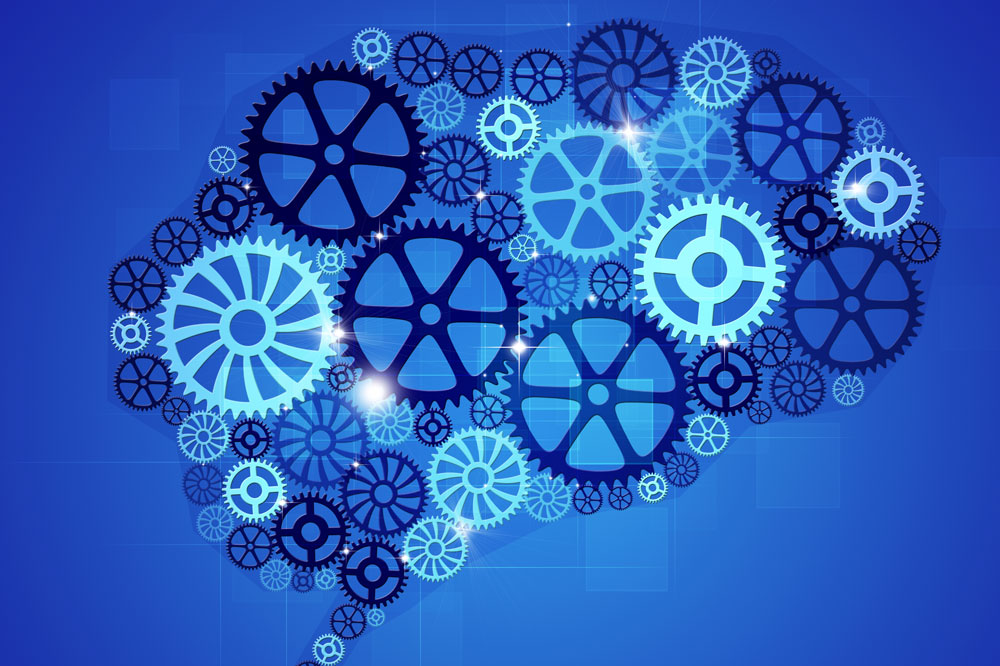The digitization of the entire process (involving the employee, HR, suppliers and captive) is crucial for companies to offer their employees attractive benefits that, rather than being an expense, add value and performance.
The phenomenon of digitalization is unstoppable, a trend that has continued to grow with the pandemic and is affecting more and more aspects of business. Digital technology is integrated in all areas and improves the ability to deliver value to customers. No company, large or small, can remain competitive without digital transformation. Thus, in Human Resources management, it goes from payroll administration to the recruitment process. Employee Benefits (BE) are an effective tool not only for recruiting talent but, perhaps more importantly, for retaining it. The processing of Employee Benefits, an element of primary importance in many organizations, should also adopt this new direction, but is it doing so?
The key to Employee Benefits control,as in almost any other process, consists of fluid interaction, that is, in completely digitizing communication between all members: employees, company HR departments (both corporate and local), service providers, captive company and insurers. Taking care of an activity where many actors intervene can be complex even when each element in itself is easy to manage. For this reason, there must be a digital operation so that the different parts do not work manually and in an uncoordinated way.
The Employee Benefits concept includes incentives through insurance (health, life…), savings plans, meal vouchers, childcare or wellness services. Companies are striving to offer incentives to attract talent to the organization and the range of possibilities has been steadily increasing. But where the difference is marked is in practice. One of the keys to success is to achieve an effective application that is perceived by all those involved and that represents a benefit for the company and not a mere expense.
Unless communication has been fully digitized, the day-to-day management of these services may require a certain number of people from HR departments to dedicate all or part of their time to this function. Therefore, automation is vital. The employee must be provided with self-management tools to provide transparency and to ensure that the administrative work does not fall on the company. The support software must allow the employee to have an online portal managed by him, to control his benefits at any place, time or device, if he or she so wishes, through the app installed on his or her mobile. This will ultimately allow him or her to be autonomous in management.
The self-management and usability of the solution will not only save costs, but will also enable the employee to better understand and therefore value the products and services available to them. A new employee joining the company who is required to fill out a paper form to apply for health insurance. Will perceive the new entity as a modern and solid organization? Today a digital experience is demanded in every aspect of the relationship with the company.
By digitizing the management of this activity, the advantages are multiple: it improves profitability, information and communication. Digitalization is key when it comes to achieving automation, since the first is an inexcusable condition that must exist to achieve the second. Automation makes execution capacity more flexible, in addition to increasing performance, which makes it possible to reduce administrative and management costs. Companies benefit from the employee’s power to decide and act on his or her own (albeit under HR supervision). This strategy reduces the workload (especially in HR), reduces errors (which can be very costly not only in material but also in human terms), simplifies the process and reduces costs. The savings in operational costs can be significant in large corporations that allocate a lot of human resources to BE management.
The correct execution of the complex operations necessary to set up an Employee Benefits system in a company will not only save financial resources, but also build loyalty among the human team and increase the value of branding. In practice, the result will be an asset and not an unavoidable expense, as the implementation of services and benefits for employees is sometimes mistakenly considered.
Advantages derived from digitization in communication and management operations
- Improve communication and increase transparency.
- Employees know the benefits and how to put them to practical use.
- The system guarantees the self-management of the employee, the user himself or herself manages his or her benefits or the local HR.
- Digitalization allows greater control, agility and efficiency.
- It gives autonomy and empowers the employee.
- Relieves HR departments of work.
- Management tasks are minimized as products and services are decentralized and delegated.
- Rigorous and automated control of the expenses generated (not only medical but also financial).
- The solution can be easily integrated with other systems and allows you to work in a single environment.
- Fluid intercommunication between company, employee and service provider.
- The captive company increases its value contribution by going beyond mere economic management.






